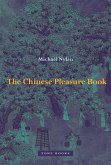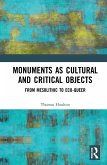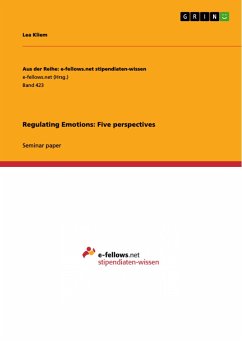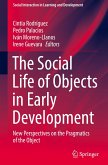In Historicizing Emotions: Practices and Objects in India, China, and Japan , nine Asian Studies scholars offer intriguing case studies of moments of change in community or group-based emotion practices, including emotionally coded objects. Posing the questions by whom, when, where, what-by, and how the changes occurred, these studies offer not only new geographical scope to the history of emotions, but also new voices from cultures and subcultures as yet unexplored in that field. This volume spans from the pre-common era to modern times, with an emphasis on the pre-modern period, and includes analyses of picturebooks, monks' writings, letters, ethnographies, theoretic treatises, poems, hagiographies, stone inscriptions, and copperplates. Covering both religious and non-religious spheres, the essays will attract readers from historical, religious, and area studies, and anthropology. Contributors are: Heather Blair, Gérard Colas, Katrin Einicke, Irina Glushkova, Padma D. Maitland, Beverley McGuire, Anne E. Monius, Kiyokazu Okita, Barbara Schuler.
Bitte wählen Sie Ihr Anliegen aus.
Rechnungen
Retourenschein anfordern
Bestellstatus
Storno








